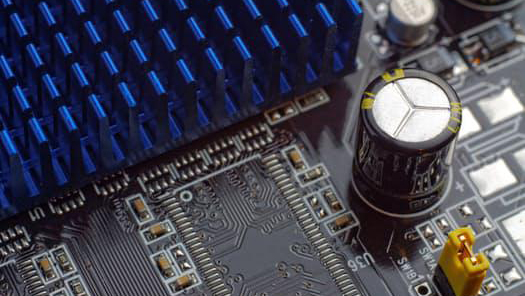Consumer electronics have become increasingly important in driving the entire global tech industry. This has been reinstated in the recently held CES 2017, in Las Vegas. The products companies chose to bring it to the show, is a representation of an interesting tension between hard-nosed calculations and corporate wish fulfillment about the direction tech is expected to take in the coming months and years.
According to the IEEE Consumer Electronics Society, the industry expects to see a reduced focus on drones compared to 2016. Drones haven’t gone away, but there are few solid practical applications for most consumers. Still, small inexpensive drones could be a growth area as toys and hobby vehicles. Instead the expectation is more on augmented reality (AR), virtual reality (VR), and home health.
There are many long- and short-form VR projects ongoing (both professional and amateur), helped by the availability of consumer versions of selfie-stick VR systems along with a variety of cameras. Social media sites and YouTube now offer 360-degree video support as a matter of course, also helping to drive adoption.
Wearables is said to be important, although the smart-watch market hasn’t picked up as fast as expected. The need of the hour is really to find the killer applications (perhaps some AR application using phones and watches such as seen with Pokémon Go).
In coming times, there will be an increase in Internet of Things (IoT) consumer applications as well as cloud-based IoT offerings that provide services to consumers.
Wearable and cloud-based IoT services will also mean that AI and machine-learning applications are to be witnessed. These applications could be big enablers of new consumer services running on wearable devices as well as household voice-activated products from Amazon, Google, and other companies. For example, voice control with new product introductions by Amazon, Google, and others, is going to be a big puller this year. Machine intelligence will also make still and video images more useful with increasing capabilities for image recognition. Large enterprise companies with strong machine-learning capabilities are to bring technologies on how data from connected intelligent consumer devices will enable new ways to reach customers and offer them additional services.
It is also expected that there will be a greater focus on security and privacy, with the proliferation of connected consumer devices and recent reports that some of these devices have been hijacked as bots in denial-of-service attacks. Greater security and anonymity for shared content will be important safeguards to make sure that consumers feel safe with their connected devices and services.
Turning to televisions, 4K TVs now have a standard that takes full advantage of their potential, including expected HDR (high-dynamic-range images) as well as their resolution and color capabilities. Coupled with decreasing prices, these TVs should see greater pickup by both leading-edge consumers and the higher end of mainstream consumers. Many consumers are increasingly considering 4K TVs for their next replacement TV. In addition, UHD (ultrahigh definition) streaming services, as well as Blu-ray disc UHD players that will provide content for viewing on these displays are the next hot cakes.
In CES 2017, automobile technology has continued to play a big role at, as more and more autonomous driving functions are included in new model cars. This also included tying consumer applications into automobiles and mobile activities.









